Mechanistic understanding of nanoparticles' interactions with extracellular matrix: the cell and immune system
- PMID: 28646905
- PMCID: PMC5483305
- DOI: 10.1186/s12989-017-0199-z
Mechanistic understanding of nanoparticles' interactions with extracellular matrix: the cell and immune system
Abstract
Extracellular matrix (ECM) is an extraordinarily complex and unique meshwork composed of structural proteins and glycosaminoglycans. The ECM provides essential physical scaffolding for the cellular constituents, as well as contributes to crucial biochemical signaling. Importantly, ECM is an indispensable part of all biological barriers and substantially modulates the interchange of the nanotechnology products through these barriers. The interactions of the ECM with nanoparticles (NPs) depend on the morphological characteristics of intercellular matrix and on the physical characteristics of the NPs and may be either deleterious or beneficial. Importantly, an altered expression of ECM molecules ultimately affects all biological processes including inflammation. This review critically discusses the specific behavior of NPs that are within the ECM domain, and passing through the biological barriers. Furthermore, regenerative and toxicological aspects of nanomaterials are debated in terms of the immune cells-NPs interactions.
Keywords: Biological barriers; Extracellular matrix; Inflammation; Nanoparticle.
Figures
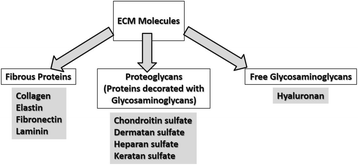
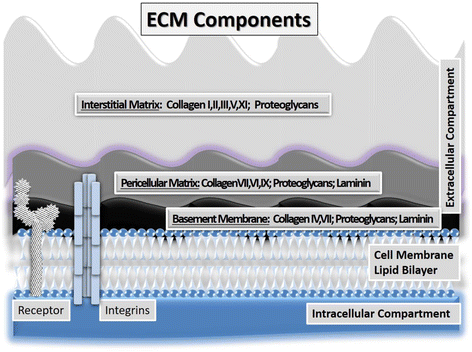
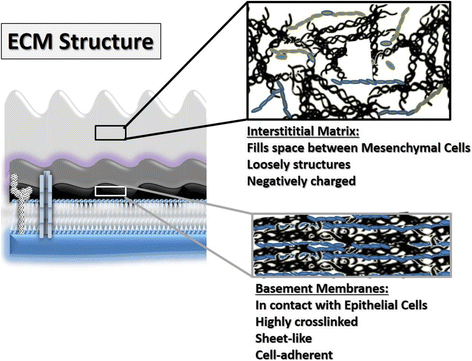

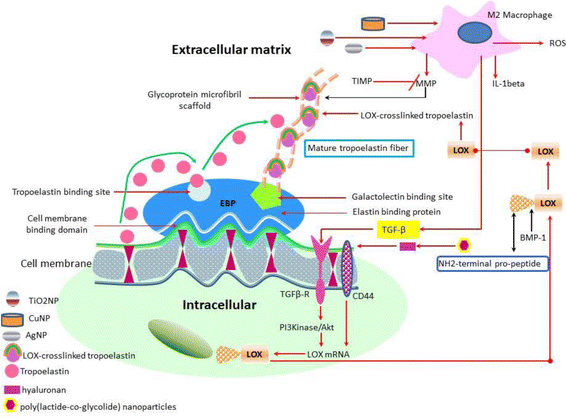
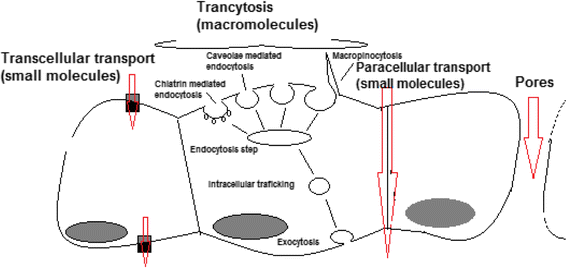
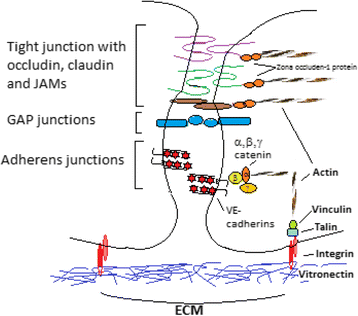

References
-
- Mecham RP. Overview of extracellular matrix. Curr. Protoc. Cell Biol. Editor. Board Juan Bonifacino Al. 2012;Chapter 10:Unit 10.1. - PubMed
Publication types
MeSH terms
Substances
LinkOut - more resources
Full Text Sources
Other Literature Sources
Medical

